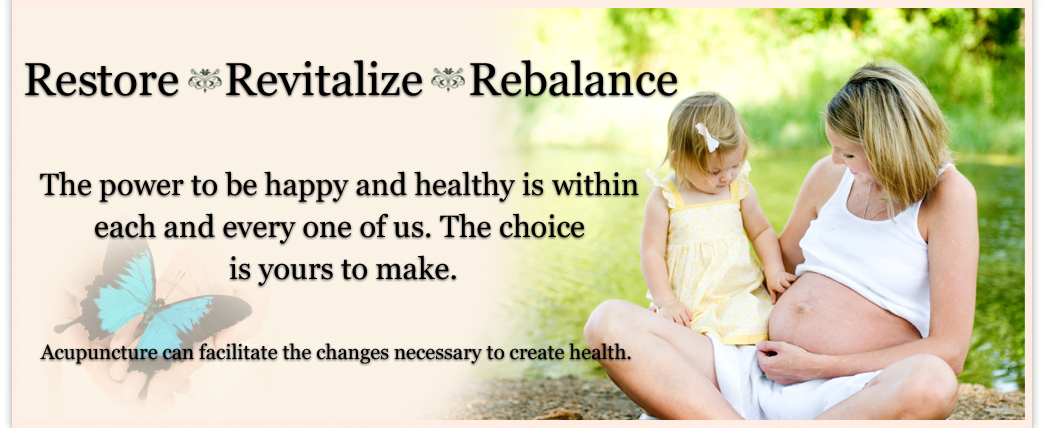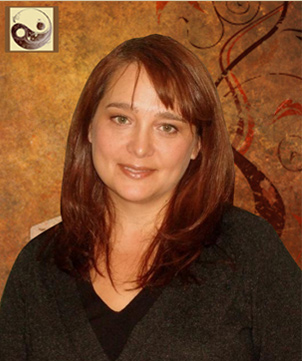- 8 Principle and Traditional Chinese Medicine
- Shiatsu Massage Therapy
- Shonishin Pediatric Acupuncture
- Chinese Herbal Medicine
- Diet/Lifestyle counseling
- Cupping
- Moxibustion
ACUPUNCTURE
Traditional Chinese Medicine (TCM) is the longest applied form of medicine in the world, thought to have been developed almost three thousand years ago. Although our civilization has changed since then, so too has acupuncture. There are the ancient traditional aspects of Chinese Medicine, but also a more modern model. It is somewhat of a living entity in itself as it evolves with our own development, but it retains the essence of what they intended it to be thousands of years ago.
Classical 5 Element is an ancient form of acupuncture. It is thought to have originated around 200BC (Han Dynasty) when the Chinese were going through a period when they observed nature, natural laws and noticed how these laws worked in people. 5 Elements looks for emotional or spirit level causes for a person’s distress and believes by healing at this level the whole person moves forward not just their presenting symptoms.
In modern Chinese medicine, Eight Principles is the most commonly used form of diagnosis and treatment. The Eight Principles are composed of 4 pairs of opposites:
- Yin/Yang – tells whether the disharmony is Yin or Yang in nature.
- Interior/Exterior – tells where the disharmony is located.
- Deficiency/Excess – is related to chronic or acute disease.
- Hot/Cold
SHIATSU MASSAGE THERAPY
Developed in Japan, Shiatsu is based on TCM theory. It is a full body massage and consists of deep tissue pressure and stretches, which is why it is essential for the patient to wear light and loose clothing. Shiatsu helps to increase flexibility, reduce stress, improve digestion, boost the immune system, ease acute and chronic pain, and give a person a relaxed sense of well-being.
SHONISHIN PEDIATRIC ACUPUNCTURE
Shonishin benefits children from birth to age 12 for the maintenance of health, prevention of disease, and conditions of illness. Based on TCM, Shonishin was developed in Japan in the 17th century and has been the main form of treatment for children there for the past 75 years.
Conditions treated with Shonishin are neonatal jaundice, colic, cold/flu/fever, ear infection, tonsillitis, hyperactivity, rash/thrush/eczema, digestive disorders, allergies and asthma.
CHINESE HERBAL MEDICINE
I don’t like to push supplements or herbals unless I feel it is absolutely necessary. There are some conditions that are more difficult for acupuncture to treat without the addition of herbal medicine.
The Chinese herbs we use are rigorously tested for heavy metals and pesticides.
CUPPING
Cupping is a technique used for a wide variety of conditions such as arthritis, headache, back pain, painful menstruation, and the common cold or influenza.
In the past, cups were made from animal horns, bamboo, ceramic, brass and iron. Today, cups are made of glass and come in a variety of sizes to fit specific body surfaces. By putting a heat source into the cup, the air is removed and it creates a vacuum which then pulls the skin into the glass. A single cup or multiple cups are used on acupuncture points to break up local congestion and relieve pain.
This process should not be painful, but your skin can be temporarily reddened, raised, and have a bruised look following treatment.
MOXIBUSTION
Moxibustion is a technique that uses burning moxa, or mugwort, on or above the skin to warm acupuncture points and channels. The dried, wool-like leaves of this plant are molded into balls, cones or sticks. The heat from the burning plant warms the channels and increases circulation of Qi, especially if your condition is worse from cold wind, and/or dampness. When Chinese people began to use fire in their daily lives, they discovered that warming specific areas of the body eliminated pain and effectively treated some diseases.
There are two ways that moxa can be used.
- Direct- The moxa is placed on the skin, either by itself or on top of a slice of ginger, garlic or on salt.
- Indirect- The moxa is in a stick form and it is lit at one end and waved above the skin.
Some common conditions that benefit from Moxibustion are: abdominal pain, diarrhea, arthritis and gynecological disorders, low back pain.


